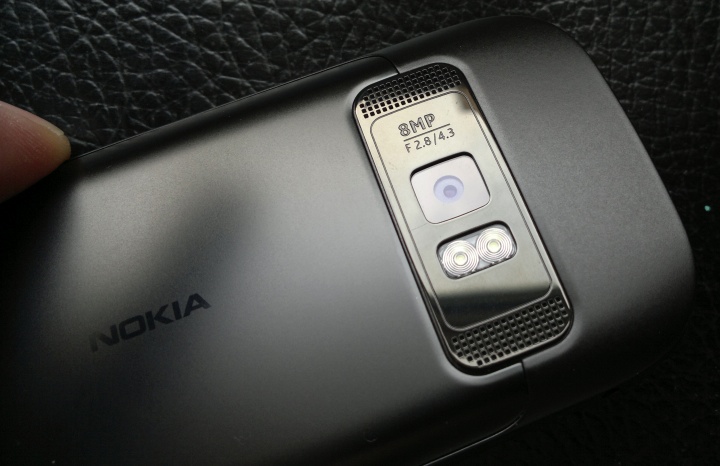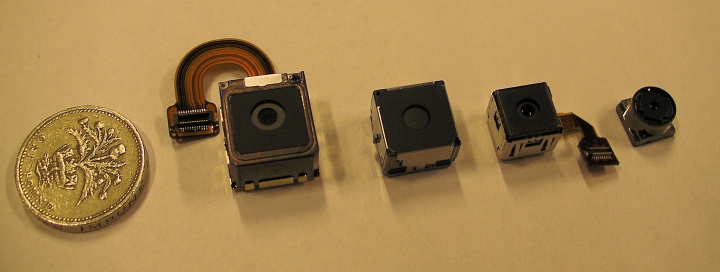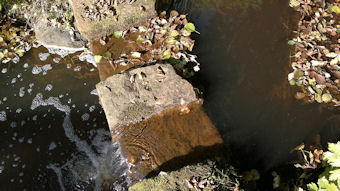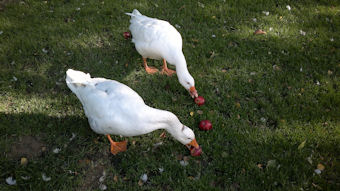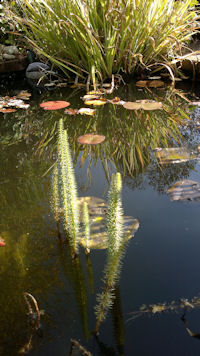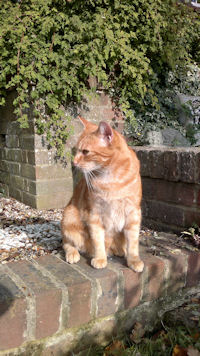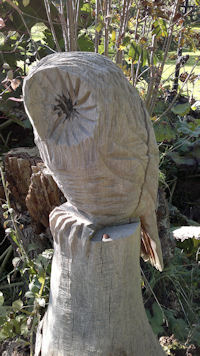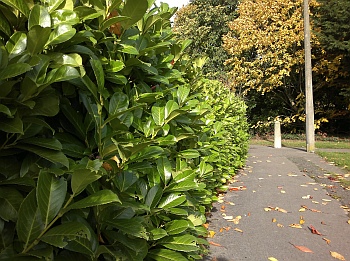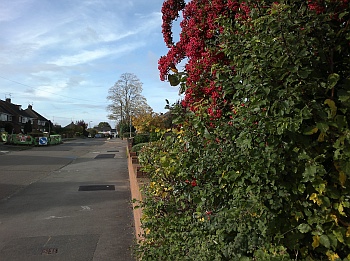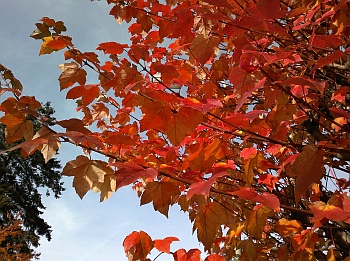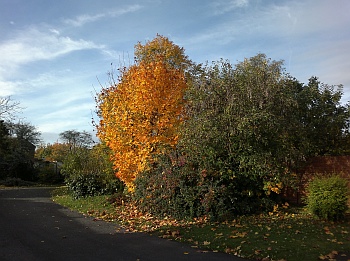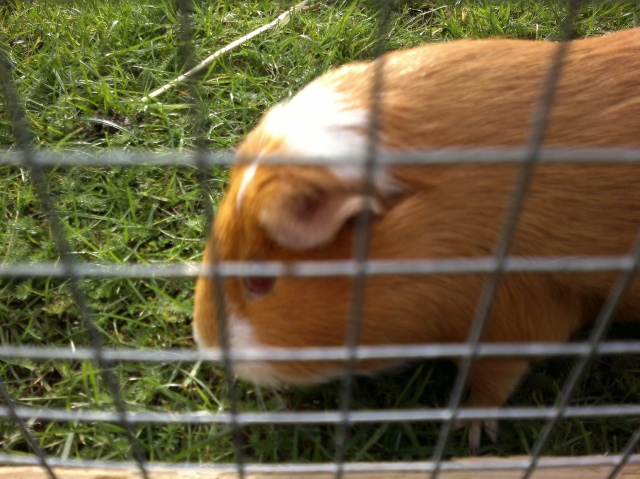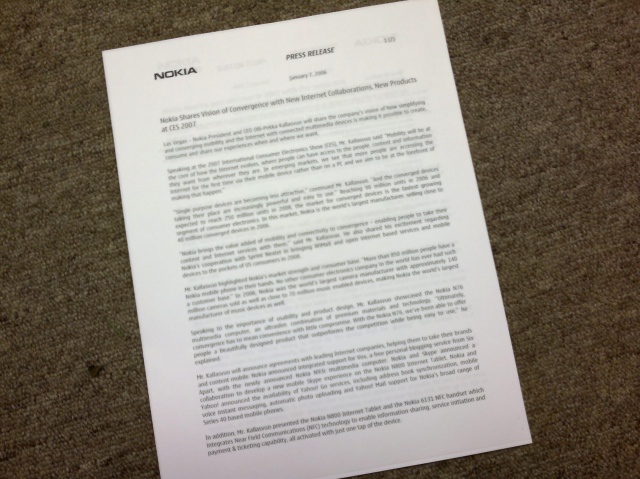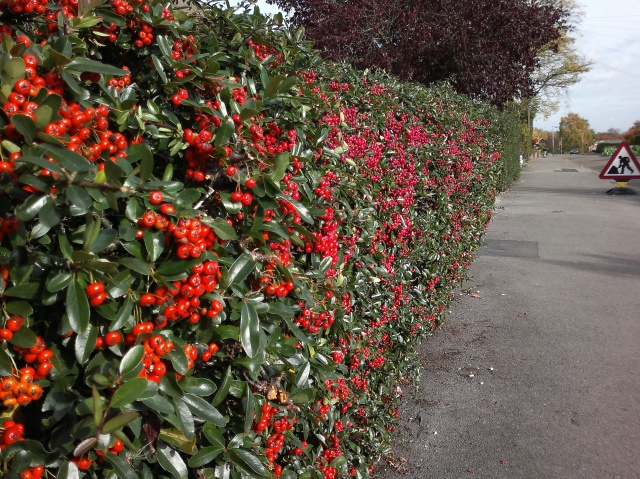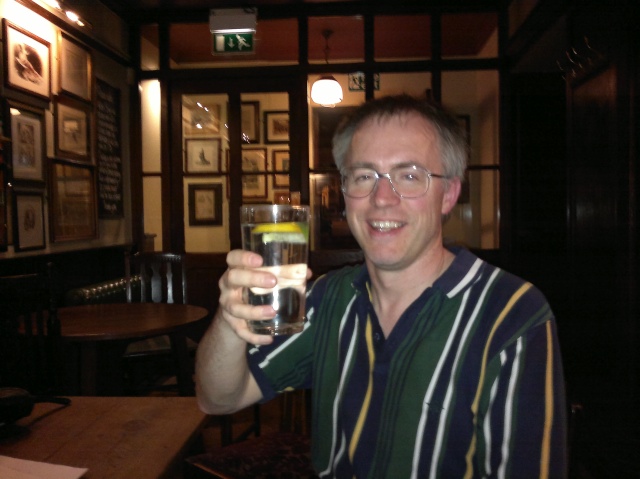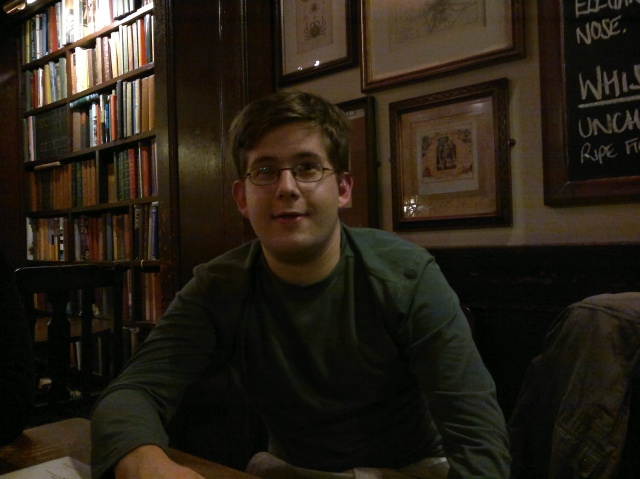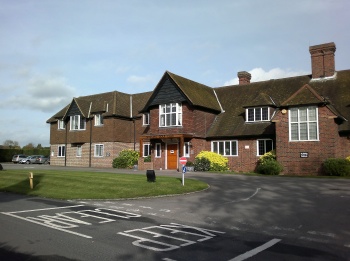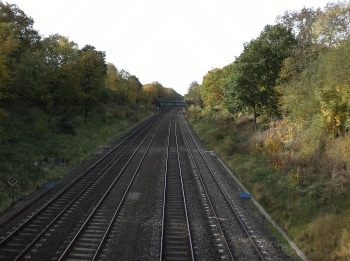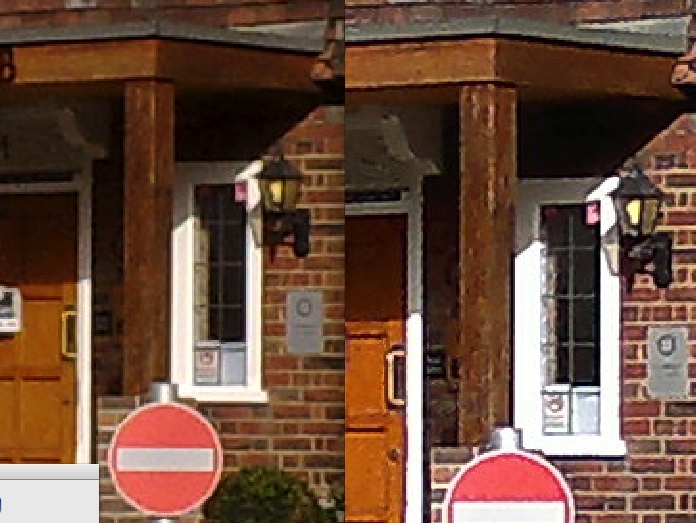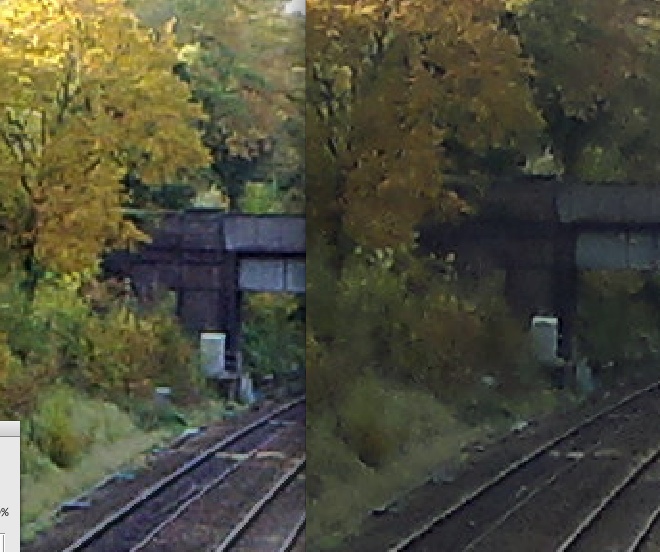Review: Nokia C7: part 2 - camera and camcorder
A week or two ago, Rafe brought us his first impressions of the Nokia C7, concluding that the core distinguishing factor between C7 and N8 is the camera, in that if you didn't need the N8's monster 12 megapixel/Xenon camera module then the C7 was a better bet for most people. It therefore makes sense to look straight away at the camera features of the C7 itself - are they good enough for you and will the limitations of the C7's snaps ultimately disappoint? Read on for part 2 of our Nokia C7 coverage....
In summary, the C7 and N8 are well matched in Nokia's new Symbian^3 lineup, with almost identical internals - where they differ is in size of mass memory, HDMI capability, box contents - and camera technology used. Whereas the N8 is unashamedly aimed at people who know a decent camera when they see one and who want spectacular shots in all light conditions and circumstances, albeit if a little photographic know-how is needed to get the most from it, the C7 is aimed at people who want a general purpose high end (and smart) phone, with only casual photo pretensions.
It does this by using Nokia's latest (third generation) EDoF camera, this time at 8 megapixels. Nokia refer to these cameras (also found in the C6-01 and E7) as 'full focus', but essentially Extended Depth of Field means that optical and software tricks produce images in which everything from about 50cm to infinity are all in focus all the time, automatically. What interests me here is how this works and what the tradeoffs are.
As you'll see from the photos below, the C7's camera is tiny and the main reason why the phone can be as thin as it is (10mm) - the camera module is the single biggest influence on smartphone thickness these days and Nokia has taken a conscious decision on the C7, C6 and E7 to prioritise thinness over camera specification.
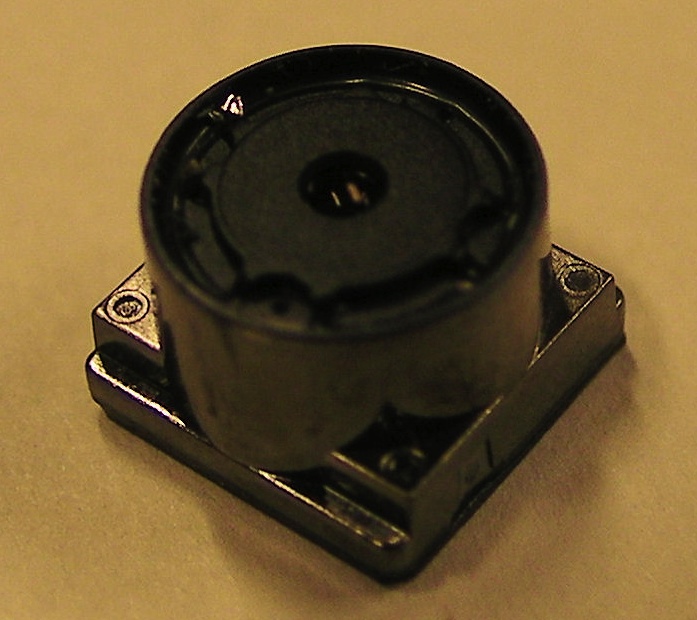 The C7's camera module, up close and magnified - a lot. In reality, it's surprisingly small, as shown below,
The C7's camera module, up close and magnified - a lot. In reality, it's surprisingly small, as shown below,
plus it includes all the custom electronics to do the EDoF processing. Pretty amazing, really...
The camera modules of the N73, N86, N97 - and the C7
EDoF works by using an asymmetrical lens that has the capability to focus objects from different distances, depending on which parts of the lens the various light 'rays' strike, on the same sensor. Internally, this naturally results in an unholy blurred mess, but by using chromatic tricks (using the different optical characteristics of different colour frequencies - see my earlier article on EDoF), by knowing the exact optical properties of the asymmetries in the lens and by using a healthy dose of very clever enhancement electronics, the mess is largely cleared up to produce images that, to the naked eye are pretty clear, whatever the subject, in good light.
EDoF first appeared on the E52 and E55, at 3 megapixels, then on the E5 at 5 megapixels, and we now have these 8 megapixel variants. Although associated with Nokia's cheaper smartphones and presumably (ultimately) cheaper to produce than multi-element auto-focus cameras, you shouldn't underestimate the technical challenge in making such high precision EDoF cameras - the asymmetries are measured in microns across the tiny lens surface and making and calibrating the lenses can't be easy.
It's also worth noting that because EDoF cameras don't have any moving parts, the phones they're included in end up being surprisingly robust and hard to damage - at least in terms of harming the camera. In addition, because the EDoF processing all happens in the custom electronics inside the module, the same corrections also apply when the camera module is used in video mode, leading to spectacular results, of which more later.
But on with the testing. Being EDoF, the C7 doesn't need a fancy two-stage shutter key and, indeed, is flush-fitting and hard to find. Once you get used to it, taking snaps is a doddle though and capture happens very quickly.
Interestingly, there's 'face detection', in that real time frames are thrown around faces in your photos, but as there's no actual focussing going on, it's more a case of some subtle optimisations being applied by the Camera app to improve exposure of the photo relative to the 'face'.
Here are some examples, from Rafe and I, of what the C7's camera can do under ideal circumstances. Firstly five from Rafe, using the 6 megapixel 'widescreen' mode, click each image to enlarge or download, as usual:
And 4 from me, this time using the full 8 megapixel resolution:
These two examples show off the EDoF technology well, with items in the foreground and background all perfectly crisp. Not unsurprisingly, EDoF's algorithms work best in good sunlight - the more light, the better!
Two autumnal snaps that further show off the C7's ability to take pleasing photos in good light. EDoF means that non-technical people can pick up a phone and take pretty decent casual snaps without worrying about waiting for focussing or depth of field or even 'snatching' at the photo, since capture time is very fast indeed - in daylight it's almost impossible to blur an EDoF photo.
The most obvious limit on EDoF is that anything closer than about 30cm can't really be photographed at all, as shown below. Again, click through if you really want the full 8mp image to inspect:
As you can see, the grass beyond the guinea pig is crisp enough, but you can't help feel that there could be quite a lot of disappointed people buying the C7 and having to dismiss its camera as 'well, it's only a phone camera and can't focus, what do you expect?'....
Not being able to focus also has a potential impact on using your smartphone camera as a scanning/recording device, something we've all been very used to over the last three years, to snap documents and business cards, in some cases with recognition software to process what's been captured. This isn't really in the C7's stated remit, but the issue will come back to bite harder in the E7's case, and this latter device will need custom software if users are to be educated about snapping documents at slightly larger range. At the moment, a typical attempt at snapping an A4 document results in something like this:
One concern I have is that of colour fidelity. Possibly because of the involvement of colour frequencies in sorting out which detail gets applied where in the EDoF image, I found that some images had disturbing local coloration variations. Here's a good example. Have a look at (and click through to) this nice berry hedge photo:
Doesn't look too bad, except that ALL THE BERRIES ARE ACTUALLY THE SAME COLOUR! The ones closest to the C7 have the right hue, but those from a couple of metres onwards are all far too pink and it's clear that the use of colour information in the algorithms has had a serious impact on the shot.
In fairness to the C7, most of the example shots here don't show up colour inaccuracies to anything like the same degree, but the fact that this one test image is so badly 'out' is worrying.
Although there's dual LED flash (cf the N8's Xenon), the C7's camera descends into 'grainy, blurry phone photo' territory when the sun sets, not surprisingly. The EDoF still works but there's obviously less reliable pixel information to process so don't expect wonders. Most of all though, low light performance is limited by the small size of the lens and sensor - it's no worse than photos taken on the likes of the X6 or N97, but by recent standards (Nokia N8, Sony Ericsson Satio, HTC Mozart and others, all with Xenon flash), you won't impress anyone with indoor or evening snaps. Here's a typical example:
So you'll get a memory of the event, but not a very good one. Here's a typical shot taken without LED flash, to look at the raw noise in low light conditions, again feel free to click through:
Aside from the EDoF feature, in stills mode the C7's camera is fairly average. To demonstrate the difference between a really good phone camera and these EDoF units, without obviously playing to other strengths (e.g. macro shots, night shots), I took some typical scenes with both the C7 and Nokia N86, both rated at 8 megapixels. Here are the two scenes, shown below in C7 form (click through etc if you want):
I then zoomed right in so that you could compare detail in the photos from the N86 and C7 more easily. Here are the two comparisons, in each case, the N86 crop is on the left, the C7 one on the right:
I took some N8 comparison shots as well, and these show improvements over the N86, naturally, so the comparison would be even more extreme. What I wanted to show with these 8 megapixel shots is that, good though the new 8mp EDoF cameras are, they're not in the same class as the Carl Zeiss-lensed, larger-sensored camera unit in the N86 or N8. So don't go thinking "I really wanted the N8 for its good camera, but I love the C7's styling and removeable battery - I know, I'll get the C7 as it's still 8 megapixels, after all". Because you won't be happy. If you need a decent camera in your phone then get the N8.
Having said that, you'll be able to enjoy the C7's stills camera if you generally photograph:
- your kids in the park
- your (larger) pets
- holiday scenes
And, for these uses, you'll potentially get similar quality photos to those taken on the likes of the N82, N95 and N96 (the 5mp cameras having better optics but lower resolution).
However, you'll regret buying it if you like photographing:
- flowers and smaller pets
- friends down the pub or at evening events
- arty scenes, using macro and depth of field
Video camera
As mentioned above, the EDoF optics and chip work in just the same way in video mode, which is something of a revelation, since it dramatically solves the perennial problem for video capture, which normally sees manufacturers (and phone fans) veering between fixed focus, initial focus and continuous auto-focus (or even no focus at all), all of which have distinct problems and issues. The Nokia N8, for example, is about as good as it gets for video on Symbian, with fixed focus set to a metre or so and a resulting large depth of field, from about 60cm to infinity. (The 'Initial focus' scheme struggles when you change subject during the shot, while the 'Continuous focus' scheme usually suffers from distracting 'hunting' for focus as the subject matter keeps changing.)
The C7's EDoF video camera results in crystal clear video from about 40cm to infinity, clearer to the naked eye than that on the N8, though the latter's Carl Zeiss lens and larger sensor will help more as the light levels go down. The use of dual LED as a video light does give the C7 an extra string up its bow at night time, though I still think that most evening subjects hate being blinded by such a single point light source - it's not a good way to get people relaxed in front of your phone camera!
As on the N8, the frame rate is 25 fps and clips are encoded at over 10Mbps in H.264, ensuring maximum picture quality - even when panning around, the amount of blurring and artefacts are surprisingly low. Here's a brief montage of video from the C7, I suspect the bit with me talking to camera in sunlight will surprise you with how clear it is.
(Click on the '360' or '480' label and up the resolution to 720p, then maximise to full-screen for the full video. And note that this is with YouTube's extra layer of compression:)
Sound quality is mono and is acceptable, while not getting near the stellar quality from the N8 (and N86, both with MEMS microphone chips). My source at Nokia tells me that the C7 has the same mike as the N8, but in that case I'd venture that there are further software optimisations and tweaks needed. Audio is still similar to that on the likes of the N95, X6 and 5800 - good enough, but not top notch and I'd expect it to distort if you tried taking it to shoot live rock music, for example.
Overall, video on the C7 is impressive though and is easily good enough, at 720p resolution, for most people's videos. In fact, picture-wise, it's just about the best there is, as EDoF video will trump every other video-capturing smartphone (including the N8!) for 90% of users - and it's trivially easy to use. Just press the shutter button and you're shooting and everything will be 'in focus' all the time.
One side benefit of having dual LED on-board (rather than the N8's Xenon flash) is that the C7 has a handy built-in torch function. From the homescreen, pull down the keylock slide for 3 seconds and the dual LEDs light up - this is an operation that can be done without looking from within your pocket on a dark and cold night and certainly adds another string to the C7's bow.
Interface
As with the Nokia N8, the C7 has the same old clunky S60 5th Edition camera application with, seemingly, almost nothing changed - right down to the use of having to double-tap to action dialog items - something which has been banished from the general Symbian^3 interface. Updating this should be a top priority for Nokia.
Supporting applications
The C7 comes with the same supporting applications as the Nokia N8, so it seems these are now part of the standard Symbian bundle. In other words, the rewritten Photos app, plus the S60 5th Edition image editor and a brand new Video editor (both covered in detail in part of our N8 review). Both work well, though sharing your media is a little clumsy at the moment. As we reported in the Nokia Social update, uploaded photos (to Twitter or Facebook) all currently get resampled down a lot - here's hoping Nokia tweak the uploading system to alleviate the resampling and also allow annotation with title and description. Videos get uploaded to YouTube at full resolution, but again with no annotations.
Watch this space for part 3 of our C7 review coverage, wrapping up its general functionality and delivering a verdict on this stylish device.
Steve Litchfield, All About Symbian, 7th November 2010
See also: Nokia C7 review part 1: First impressions
Reviewed by Steve Litchfield at

